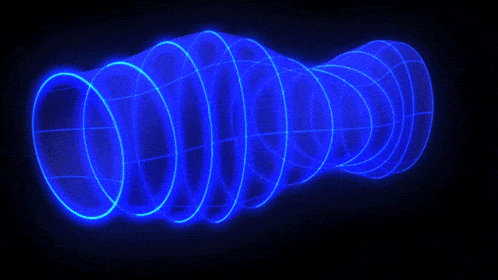Astronomers have detected the first radio emissions from an exoplanet

By ESO/L. Calçada - CC BY 4.0
- An international team of scientists have picked up the first radio waves emitted by an exoplanet.
- The planet is a “Hot Jupiter” orbiting a star system 40 light years from Earth.
- The findings must be confirmed, but if they are, it will be a first in radio astronomy.
When people think about radio waves from space, the first thought is probably about aliens. However, lots of things can produce radio waves, pulsars are famous for doing so, and the entire field of radio astronomy is dedicated to looking at objects with equipment that sees what we cannot.
This provides the possibility of using radio telescopes to gather information that could never be acquired with visible light. An international team of researchers has done just that. They have identified the first-ever radio emission from a planet in another solar system and have used it to gather information about the planet.
Science has known for a while that planets emit radio emissions. Jupiter does it all the time due to the interaction of various kinds of radiation with its magnetic field. Previous studies achieved a fair understanding of what these emissions look like.
In this study, the authors used an estimate of what Jupiter’s emissions would look like if they were much further away to determine if the radio emissions coming from the Tau Boötis system matched what would be expected if the system had a gas giant of its own closely orbiting its sun, commonly known as a “Hot Jupiter.” The existence of a planet in that system has been known for some time.
The study utilized a top of the line, decentralized radio telescope network to collect these findings. The Low-Frequency Array (LOFAR) is centered in the Netherlands and operated by the Netherlands Institute for Radio Astronomy. While the network includes telescopes all over Europe, this study only used the core group of telescopes.
After reviewing the massive collection of radio images, the subtle signs of a gas giant orbiting another star began to appear. Lead author Dr. Jake D. Turner, a postdoctoral researcher at Cornell University, explained the findings:
“We present one of the first hints of detecting an exoplanet in the radio realm. The signal is from the Tau Boötes system, which contains a binary star and an exoplanet. We make the case for an emission by the planet itself. From the strength and polarization of the radio signal and the planet’s magnetic field, it is compatible with theoretical predictions.”
While the idea of looking for exoplanets with radio telescopes isn’t new, this is the first time that researchers have picked up signals from an exoplanet. This is no small feat, and several other astronomers have expressed their excitement.
Study co-author Ray Jayawardhana explained that the findings could open up an entirely new area of space exploration:
“If confirmed through follow-up observations this radio detection opens up a new window on exoplanets, giving us a novel way to examine alien worlds that are tens of light-years away.”
The study involved more than 100 hours of searching for radio signals in star systems up to 100 light-years away. The expected signals were only seen in Tau Boötes. The detected signal is relatively weak, and it remains possible that it wasn’t from the exoplanet. Further research will focus on confirming the findings.
Dr. Turner also expressed his desire to continue searching for other exoplanets using a larger proportion of the telescopes in the LOFAR.





